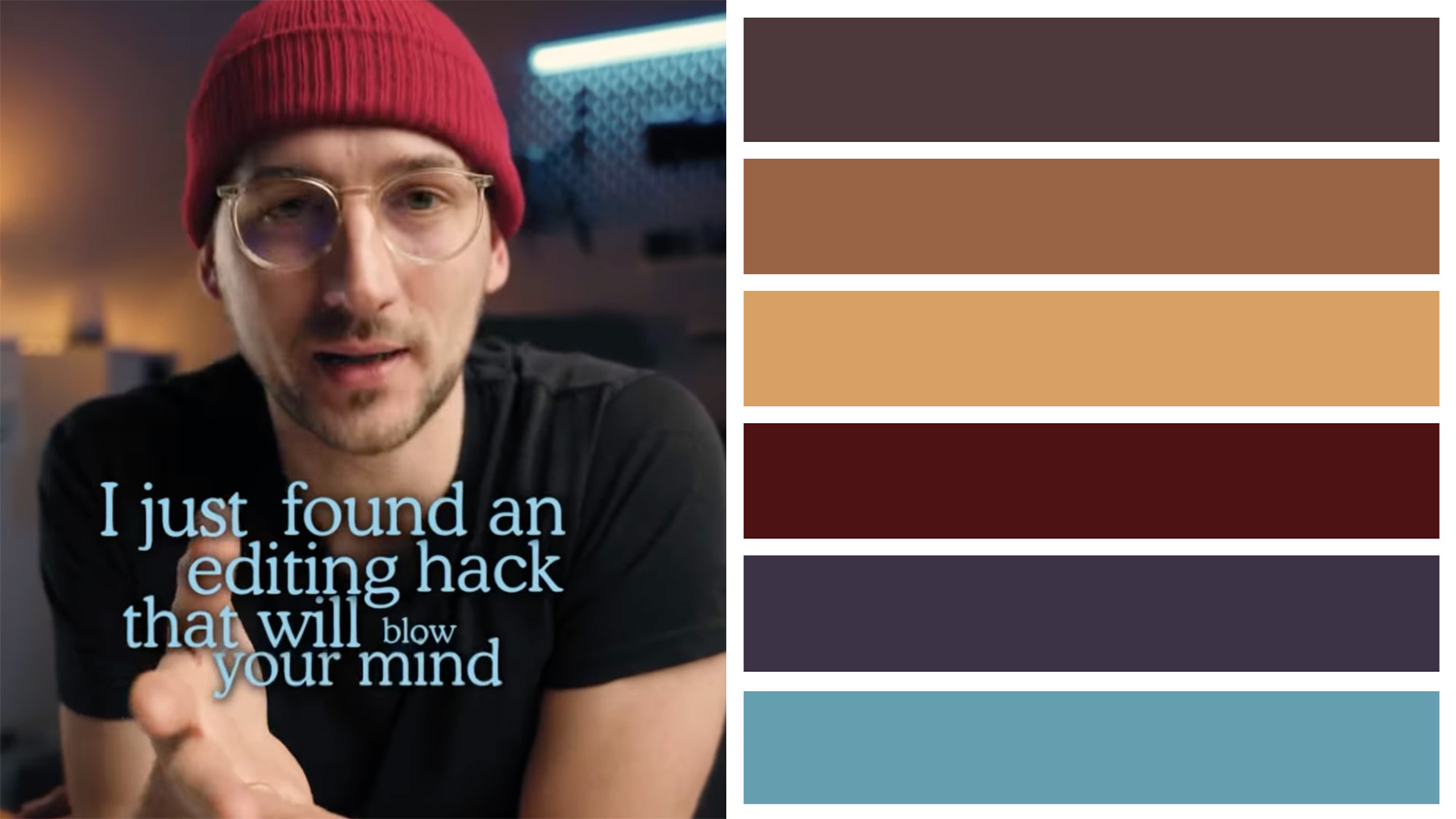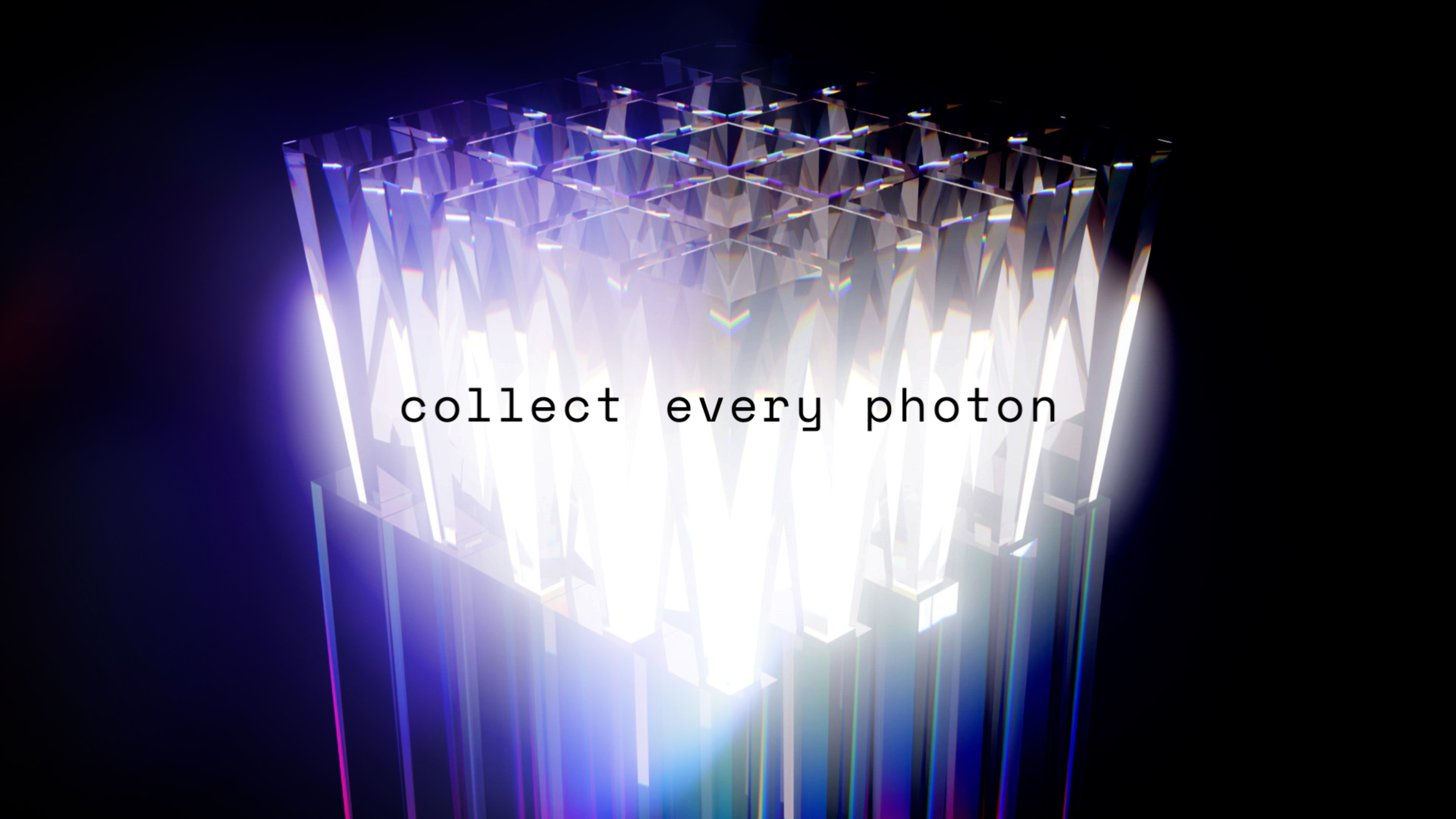Video explains how AI can turn the color palette from ANY movie into a Lightroom preset – color me impressed!
Photographer and Instagrammer Vlad Manea has come up with an incredible hack to create a LUT from any movie using ChatGPT

Photographer and Instagrammer Vlad Manea has come up with an ingenious hack to achieve the color grading of almost any film you can think of, using ChatGPT. He does this by first finding a film color palette he likes, by simply inputting "[film name] color palette" into Google images.
This works best with movies that have a very distinctive color palette. Vlad uses the example of Oppenheimer, but other examples of movies with heavy color grading would be Blade Runner 2049, Twilight and Saving Private Ryan.
He then saves the color palette and imports it into ChatGPT. The crucial bit is the prompt that Vlad has come up with, which is detailed in the Instagram Reel he released (below). This tells the AI to create a Lightroom preset that will add the same color grading effect to your images. How cool is that?
But while Adobe Lightroom presets are mentioned, this is essentially creating a LUT (look up table) that you can apply to your photographs.
A post shared by Vlad Manea | Photographer (@c.vladmanea)
A photo posted by on
LUTs vs presets
LUTs are commonly used in filmmaking but can also be applied to photographs. The key difference between a LUT and a preset is that a LUT affects color and tone, while a preset is broader in that it can make a wider range of adjustments beyond color and tone, such as lens corrections, cropping and exposure.
Both LUTs and presets are great ways to form a cohesive editing style. They’re very popular with photographers who require consistency throughout their work. Notice an Instagrammer or wedding photographer with a distinctive editing style? They probably use LUTs and presets to speed up their workflow and maintain consistency.
You may also like...
If you're looking for a new editing application, check out the best photo editing software. If you'd like to brush up on your editing skills, take a look at these Photoshop tips. And if you'd like to delve into the world of artificial intelligence, head to the best AI image generators.
Get the Digital Camera World Newsletter
The best camera deals, reviews, product advice, and unmissable photography news, direct to your inbox!

Mike is Digital Camera World's How To Editor. He has over a decade of experience, writing for some of the biggest specialist publications including Digital Camera, Digital Photographer and PhotoPlus: The Canon Magazine. Prior to DCW, Mike was Deputy Editor of N-Photo: The Nikon Magazine and Production Editor at Wex Photo Video, where he sharpened his skills in both the stills and videography spheres. While he's an avid motorsport photographer, his skills extend to every genre of photography – making him one of Digital Camera World's top tutors for techniques on cameras, lenses, tripods, filters and other imaging equipment – as well as sharing his expertise on shooting everything from portraits and landscapes to abstracts and architecture to wildlife and, yes, fast things going around race tracks...
